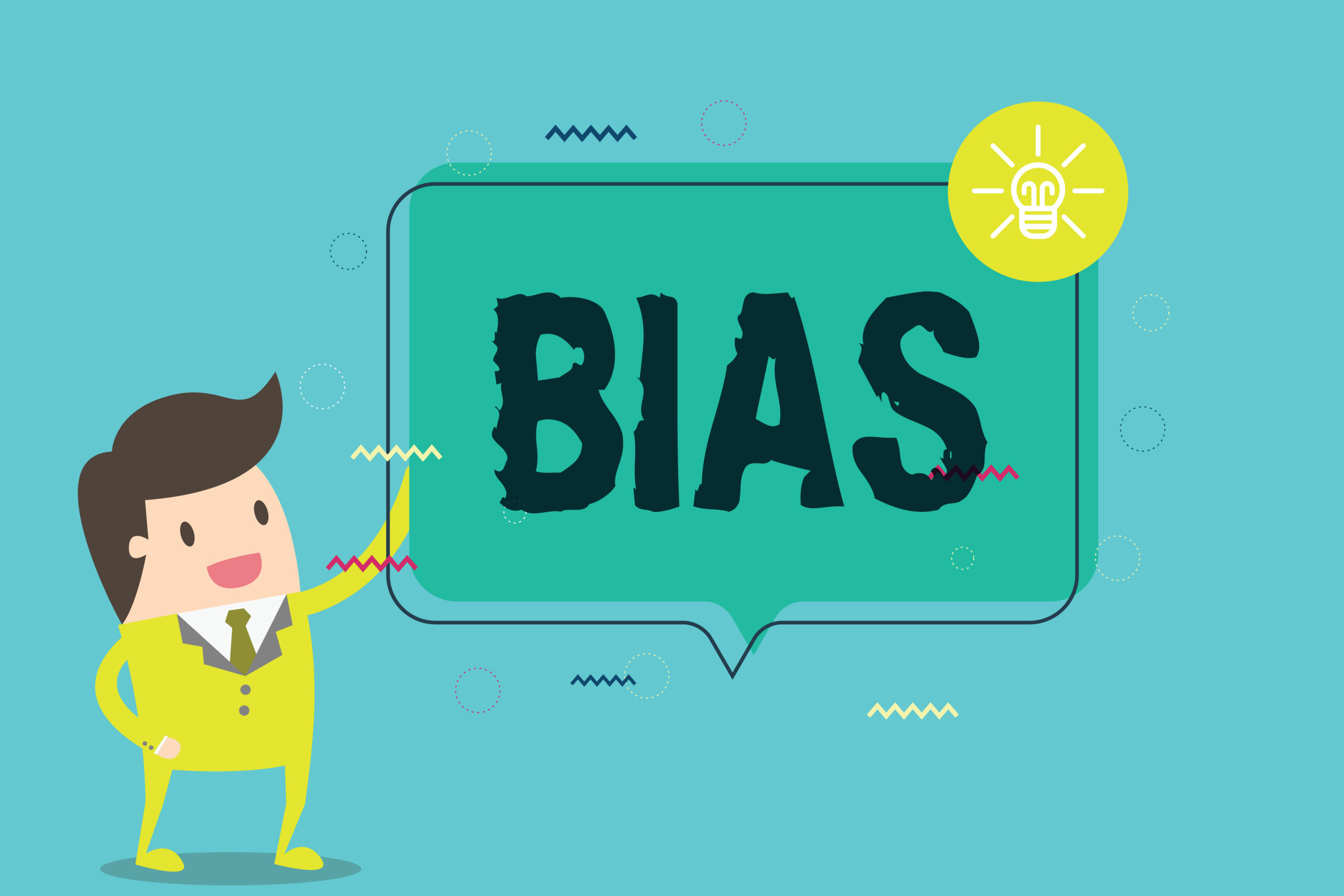Are Patents Monopolies or Not? Part II: Residual Bias and Misnomers
“In addition to learning proper labels, modern antitrust authorities would exhibit great wisdom by abandoning any residual prejudice against the exclusive rights authorized by the U.S. Constitution.”
Despite the basic principles that a patent does not presume market power and does establish plenary legality within its issued scope, as we learned in Part I of this two-part series, the Federal Trade Commission can and has used threats of antitrust inquiries to coerce patent owners to voluntarily forego some activities within the scope of a patent’s right to exclude.
Specifically, the Hatch-Waxman Act of 1984 uses an ingenious Orange Book technique to give notice of a product’s regulatory standing with the Food and Drug Administration (FDA), thus facilitating lawful generic market entry. The 1984 Act requires patent owners to list patents covering a drug or an active ingredient or a method of using those protected drugs. The FTC has challenged as “improper” more than 400 Orange Book listings between November 2023 and May 2024, particularly those listing devices for administration of important drugs without claiming the specific drug, e.g., injectors or inhalers.
To date, neither the FDA nor Congress has declared that these administration devices do not fall within the Orange Book listing requirements. Accordingly, patent owners protectively list their property rights. At this stage, notwithstanding any legal ambiguities, the FTC steps in and threatens antitrust actions because the listings could trigger protections under the Hatch-Waxman Act — again, legal protections within the scope of the exclusive right. With the expense and potential stigma of antitrust litigation hinging on a vague charge of “improper” listing, patent owners must face accusations that these listings are intended to improperly extend patent rights (with market power?) in pursuit of an anticompetitive agenda. Thus, the vague parameters of both antitrust standards and FDA Orange Book policy permit a form of administrative threatening that could blossom into complicated and protracted litigation with indeterminate outcomes. Is this an echo of the residual bias against patents — a form of property that should be encouraged because it invariably fosters more competition?
Patents as ‘Beneficial Monopolies’
Again, this article explores the question: is a patent an antitrust monopoly? A thoughtful analysis shows that reference to a patent as a “monopoly” is a misnomer. Nonetheless, one point of similarity suggests the value of a new perspective: in one sense, a patent might qualify as a “beneficial or natural monopoly.”
A beneficial monopoly operates in the public utility sector. A natural or beneficial monopoly operates to deliver essential services that require building and maintaining a vast infrastructure such as the electricity grid. Under standard economic reasoning, the marginal cost to add one more house to an existing electric grid is minimal — maybe a few dollars. Nonetheless the beneficial monopoly will empower a single provider (no competition) to charge that single new addition to the grid hundreds of dollars a month for the service. These elevated monopoly prices are necessary to recover and maintain over time the vast infrastructure of dams and nuclear power plants and pumping stations for the benefit of the utility and the public. Moreover, the elevated prices provide for future investment in new and improved facilities.
Although, for reasons discussed earlier, the concept of an antitrust monopoly does not fit patents, the patent system can be justified as a beneficial monopoly for economic skeptics who universally embrace the wisdom of natural public utility monopolies. See, Duffy, John, Rethinking the Prospect Theory of Patents, 71 U. Chi. L. R. 439 (2004). Applying the beneficial monopoly model to patents, the marginal cost of one more cancer or arthritis-treating medication is minimal once the treatment is invented, perfected, and tested. Nonetheless, the market will allow the medication owner to charge higher prices over the limited tenure of its patent to compensate for the billions of dollars necessary to invent, test, manufacture, and deliver the treatment. Moreover, the current medication can help provide investment for the invention and manufacture of future health care improvements.
Indeed, because the limited patent term often does not pay the full bill to conceive, perfect, and distribute inventions, U.S. and world policies have permitted extensions of the term to ensure the “natural monopoly” works. Just as the public would have no electricity without dams and distribution networks, it would have fewer or delayed or no treatments and other technology without protecting the investments in invention and encouraging the conversion of scientific theory into usable and available technology. Again, this explanation does not mean that a patent is an antitrust monopoly, but it gives the patent skeptic some added confidence in the wisdom of the exclusive right created by the U.S. Constitution.
We Must Abandon Prejudice and Restore Patents’ Value
In conclusion, the Constitution, specifically, Article 1, Section 8, Paragraph 8, explicitly gives Congress power to create exclusive rights “to promote the progress of science and useful arts.” Antitrust laws — the Sherman Act of 1890, and the Clayton and Federal Trade Commission Acts of 1914 — cannot make the same claim of express constitutional authorization. Indeed, as noted earlier, patents antedate the antitrust system by a century or more. The venerable Judge Giles Rich captured the patent law interface with antitrust in a single sentence: “The patent system, which antedated the Sherman Act by a century, is not an ‘exception’ to the antitrust laws, and patent rights are not legal monopolies in the antitrust sense of that word. “American Hoist v. Sowa, 725 F. 2d 1350 (Fed. Cir. 1984).
Indeed, a patent is not an antitrust monopoly. In addition to learning proper labels, modern antitrust authorities would exhibit great wisdom by abandoning any residual prejudice against the exclusive rights authorized by the U.S. Constitution. Beyond abandoning bias, antitrust authorities should recognize the value of encouraging patents as a complementary legal regime to foster competition.
Image Source: Deposit Photos
Author: artursz
Image ID: 216455222
Randall Rader
Randall R. Rader was appointed to the United States Court of Appeals for the Federal Circuit by President George H. W. Bush in 1990 and assumed the duties of Chief […see more]






